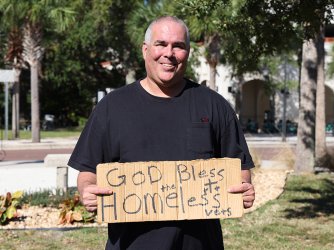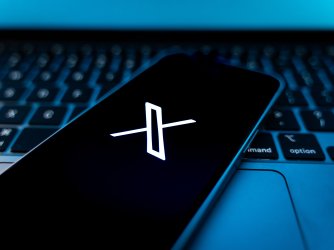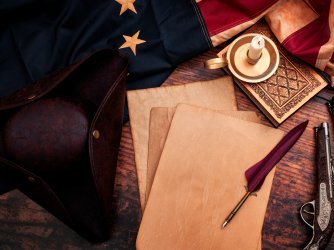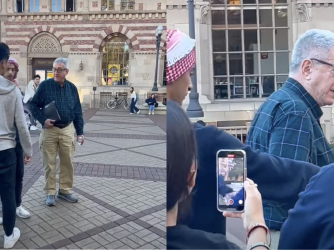Table of Contents
Civil rights leaders cannot be held liable for acts of rogue protestors

Rob Schumacher / The Arizona Republic via USA TODAY NETWORK
Cincinnati Police and protesters clash near the intersection of Spring Street and Reading Road on May 29, 2020, after the death of George Floyd in Minneapolis.
In July 2016, protests unfolded in Baton Rouge, Louisiana, after local police shot and killed Alton Sterling, a 37-year-old black man. It was the first of two high-profile police shootings of black men within several days, capturing the nation’s attention and fueling large demonstrations. One such protest was organized by DeRay Mckesson, a civil-rights activist.
Americans have a right to protest government abuses. But according to a recent decision from the U.S. Court of Appeals for the Fifth Circuit, Mckesson may be held liable for damage caused by other protestors. A police officer alleged Mckesson “negligently” organized the protest, and the court held the First Amendment does not protect Mckesson from liability. This is a dangerous rule that exposes protest leaders to liability for the rogue act of a fellow demonstrator and thereby threatens to chill First Amendment-protected protest.
That’s why FIRE is filing an amicus curiae — “friend of the court” — brief in Mckesson v. Doe, asking the Supreme Court to accept the case and reverse the Fifth Circuit’s ruling. A rule that exposes non-violent protest leaders to liability for the acts of others—whether it be a rogue protestor, an unruly counter-protestor, or even a police officer using force at the scene—is a threat to our American tradition of protecting the power of speech and assembly to bring about change.
But to the extent the lower courts had any doubts about what rule to apply, they were resolved this summer in Counterman v. Colorado, where the Supreme Court confirmed that negligence is an insufficient basis for imposing liability on speech.
During the protest, Mckesson and other demonstrators occupied a stretch of highway near a police station. As officers began arresting demonstrators to clear the highway, someone threw a rock that struck and injured a police officer. Unable to identify the rock-hurler, the officer instead sued Mckesson for damages. The officer alleged that, even though Mckesson didn’t throw the rock, as the organizer, he was nevertheless responsible for the officer’s injuries.
This isn’t the first time the issue has come before the high court. In NAACP v. Claiborne Hardware, decided in 1982, the Supreme Court held that the First Amendment shielded civil rights leaders from liability for their nonviolent boycott to “bring about political, social, and economic change.” Observing that First Amendment activity and violence often exist at mass protests, the Supreme Court concluded that “civil liability may not be imposed merely because an individual belonged to a group, some members of which committed acts of violence.” Only if a demonstrator (1) authorizes or directs unlawful activity, (2) incites imminent and likely lawless action, (3) or gives specific instructions to carry out violence could they be liable for the resulting consequences, the Supreme Court reasoned.
This case should have been decided under Claiborne Hardware. But to the extent the lower courts had any doubts about what rule to apply, they were resolved this summer in Counterman v. Colorado, where the Supreme Court confirmed that negligence is an insufficient basis for imposing liability on speech. Under the First Amendment, the Court said, only intentional speech can give rise to any sort of liability. This crucially important requirement gives speech “breathing room” against both criminal and civil liability.
FIRE’s brief points out that the Fifth Circuit’s decision is inconsistent with the Supreme Court’s decision in Counterman. The Supreme Court should therefore summarily accept the case and reverse, ordering the Fifth Circuit to re-evaluate the case under this recent precedent. Whatever reasons the Court of Appeals had for misapplying the First Amendment before, the Supreme Court has clarified that Americans can not be held liable for “negligent” speech.
Recent Articles
FIRE’s award-winning Newsdesk covers the free speech news you need to stay informed.


FIRE Statement: X Corp's lawsuit and Texas's investigation into Media Matters for America are deeply misguided

Anonymous speech is as American as apple pie


